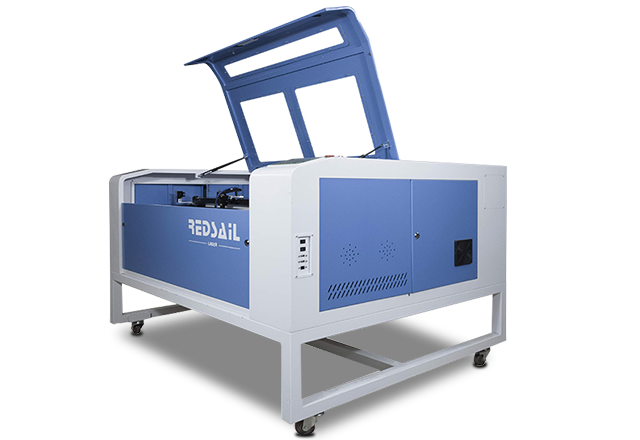Can a Laser Cutter Handle Thick Wood? Exploring the Limits of Wood Thickness with Laser Cutting
Introduction
Laser cutting has become a popular method for creating intricate designs and precise cuts in various materials. While it is commonly used on thin materials like paper, cardboard, and acrylic, many people wonder if a laser cutter can handle thick wood.
Understanding Laser Cutting
Laser cutting is a technology that uses a high-powered laser beam to precisely and cleanly cut, engrave, or etch a material. The laser beam is focused through a lens and directed onto the surface of the material, heating it to the point of vaporization or melting. This process results in a high-quality cut with minimal kerf.
Exploring the Limits of Wood Thickness
When it comes to laser cutting wood, the thickness of the material plays a crucial role. Most laser cutters can handle thin wood sheets with ease. However, as the thickness increases, the laser’s power and focus become important factors.
Determining the Maximum Wood Thickness
The maximum wood thickness that a laser cutter can handle depends on several factors:
- Laser Power: Higher laser power allows for cutting thicker wood. A laser cutter with higher wattage can handle thicker wood than one with lower wattage.
- Focal Length: The focal length of the lens determines the laser’s focus. A shorter focal length allows for cutting thicker wood.
- Wood Density: The density of the wood affects the speed and effectiveness of the laser cutting process. Dense woods may require more laser power or slower cutting speeds.
Benefits of Laser Cutting Thick Wood
Using a laser cutter for thick wood has several advantages:
- Precision: Laser cutting provides highly precise cuts, allowing for intricate designs and smooth edges.
- Speed: Compared to traditional cutting methods, laser cutting is faster and more efficient.
- No Fraying: Laser cutting wood eliminates fraying and splintering, resulting in clean and polished edges.
- Flexibility: Laser cutting allows for the creation of complex shapes and designs that may not be achievable with traditional tools.
FAQs
1. Can a laser cutter handle thick hardwood?
Yes, a laser cutter can handle thick hardwood, but it depends on the laser power, lens focal length, and wood density. Thicker hardwood may require higher laser power and slower cutting speeds.
2. What is the maximum wood thickness that a laser cutter can handle?
The maximum wood thickness that a laser cutter can handle varies depending on the laser cutter’s specifications. However, laser cutters with higher wattage and shorter focal length lenses tend to handle thicker wood.
3. Can a laser cutter engrave or etch thick wood?
Yes, laser cutters can engrave or etch thick wood as well. The laser power and cutting speed may need to be adjusted accordingly to achieve the desired results.
4. What are the limitations of laser cutting thick wood?
Laser cutting thick wood may have some limitations, such as increased cutting time, requirements for higher laser power and slower cutting speeds, and potential charring or burning of the wood surface.
5. Are there any alternative methods for cutting thick wood?
Yes, there are alternative methods for cutting thick wood, such as using a CNC router or a jigsaw. These methods require different tools and techniques but can be effective for thicker wood materials.





